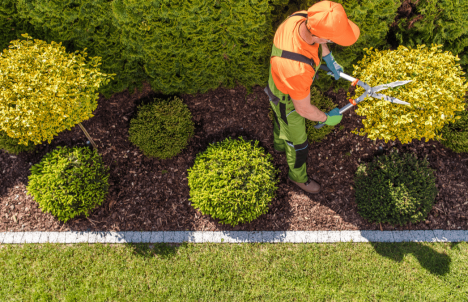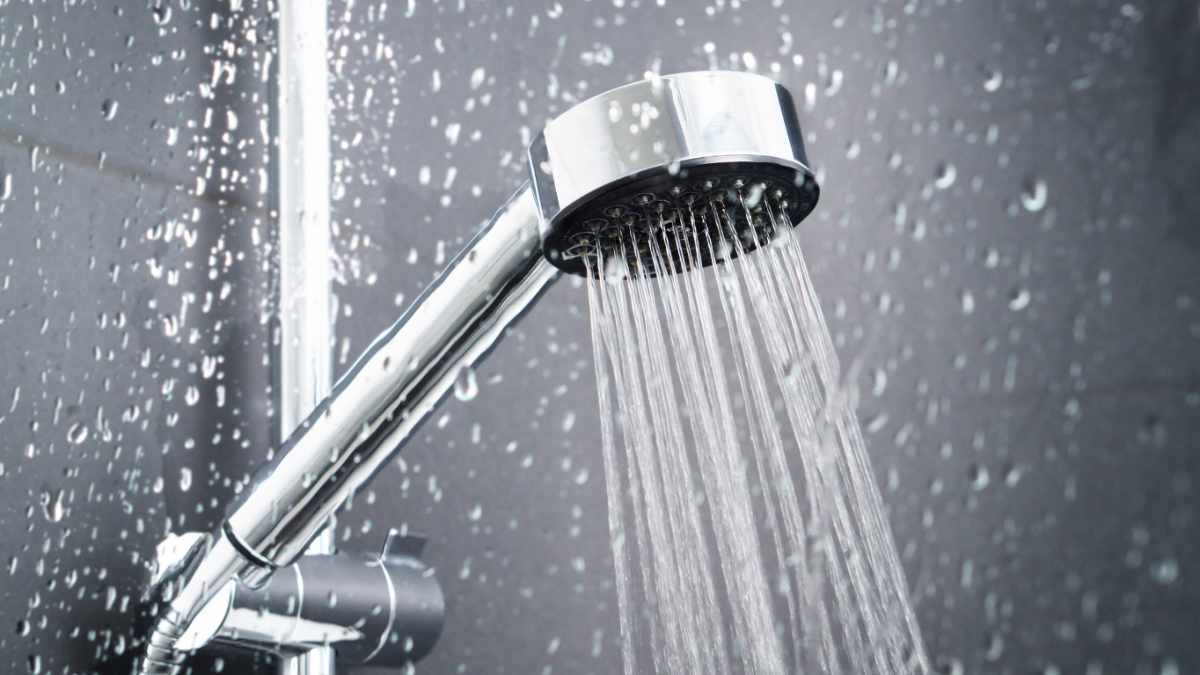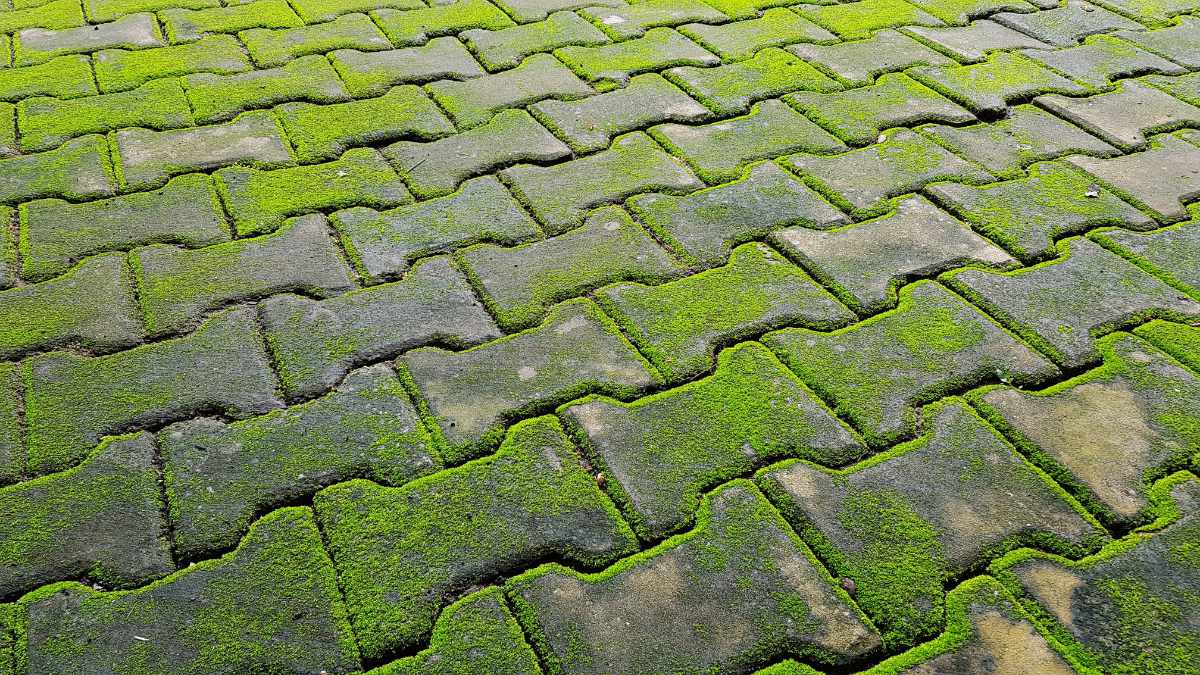Quality matters when hiring for a big project. Call a Five Star Rated professional now!
Rainy season can be a difficult time for homeowners, especially when it comes to yard drainage. Poor drainage can lead to flooding, waterlogged soil, and other issues that can damage your lawn and landscaping. Fortunately, there are several drainage solutions you can use to help manage the excess water in your yard during the rainy season.
Effective yard drainage should be a top priority for every homeowner. With the proper yard drainage solutions, you can prevent soil erosion and eliminate standing water, which is both unsightly and dangerously slippery. You’ll also be protecting your home’s foundation from water damage, which can occur if water reaches your home’s foundation.
If you don’t know how to keep your yard dry, it’s important to learn about the various yard drainage solutions you can implement. This ranges from low-cost DIY options to complex systems installed by a professional service. To help you determine which method best suits your property, here are six yard drainage solutions to protect your home this rainy season.
How To Improve Yard Drainage
Rainy season can be a challenge for homeowners, especially when it comes to yard drainage. Poor drainage can lead to flooding, erosion, and other problems that can damage your property and cost you money in the long run. Fortunately, there are several solutions available to help you keep your yard dry during the rainy season. Here are six of the most popular yard drainage solutions:
1. Install a French Drain
A French drain is an effective way to divert surface water in your yard. It consists of a trench filled with gravel or rock that is lined with filter fabric and has a perforated pipe at the bottom. The gravel helps filter out debris, while the pipe ensures that the water is directed away from your yard.
To install a French drain, start by digging a long but narrow trench where water tends to pool on your property. Next, insert a perforated PVC pipe and fill the trench with porous materials like gravel.
The excess water filters through the rock and into the pipe. You can then connect the perforated pipe to a storm drain or have it discharge on the ground away from your home.
2. Install a Dry Well
A dry well is an effective way to manage stormwater runoff and improve yard drainage. A dry well is a pit filled with gravel or other porous material that allows water to slowly seep into the ground.
It can be used to collect and disperse excess rainwater from downspouts, sump pumps, and other sources of runoff.
Installing a dry well is a great yard drainage solution, but it does require some excavation work. Unless you are an experienced DIYer, it’s best to hire a professional for the job.
3. Install a Channel Drain
A channel drain is typically installed in a concrete or asphalt driveway or walkway. This type of drain is ideal for people with driveways and walkways sending rainwater in the wrong direction, such as towards the home’s foundation.
A narrow trench is cut into your driveway. Then a channel drain is then placed into the canal so that it is flush with your driveway.
You can technically install a channel drain on your own. However, it does take a reasonable amount of effort and tools like a sledgehammer and a concrete saw.
Unless you are experienced in cutting concrete or asphalt, you may want to leave this project a professional. The last thing you want is to cause serious damage to your driveway accidentally.
4. Create a Rain Garden
A rain garden is an attractive and effective way to manage stormwater runoff during the rainy season.
The garden is positioned in such a way that it collects runoff from roofs, driveways, and other surfaces. Then it allows the water to soak into the soil, reducing runoff and improving yard drainage.
Rain gardens can also help to reduce erosion, improve wildlife habitat, and add beauty to the landscape. Plus, the plants help absorb excess water.
5. Put Out a Rain Barrel
A rain barrel is a great way to collect and store rainwater for use in your garden. It’s an easy and inexpensive way to conserve water and reduce runoff during the rainy season.
A rain barrel is a very low-cost yard drainage solution that requires minimal effort and tools to install. Simply place the rain barrel underneath your downspout and connect it to your downspout. Add a valve and a hose, and you will never run out of water for your plants or compost pile.
However, collecting rainwater is actually illegal in some states. To avoid a fine, please consult local rules and regulations on the matter before you purchase or begin using a rain barrel.
6. Add Downspout Extensions
As stated above, you could run into problems if your downspout is too close to your home’s foundation or is forming a basin in your lawn. Thankfully, this problem has a relatively straightforward solution. You can alter your downspout by simply extending it and diverting the water away from your home. To extend your downspout, you’ll need a power drill, screws, washers, bolts, pliers, and extra spout material. Before starting the project, make sure you have a plan regarding where to divert this rainwater. If you begin extending the downspout without a plan, you could end up sending the water into a neighboring property rather than a storm drain of some sort.
Though almost all of the suggestions above are DIY-friendly, professionals have the experience and equipment to finish your project quickly and efficiently.
If you need professional drainage solutions, let Fire Star Rated help. With experts across the county, we make it easy to find prescreened, local home improvement specialists near you.
Plus, you get added peace of mind with the Fire Star Guarantee. If you hire with any of our pros, we will pay you up to $2,000 if you are not completely satisfied with their service.



 Top Categories
Top Categories













